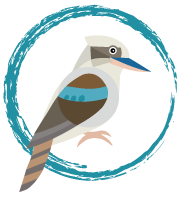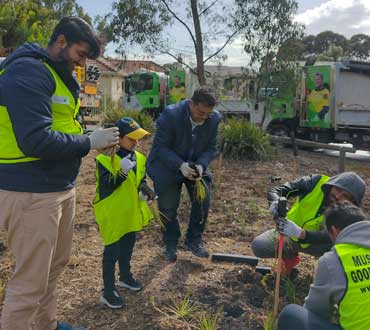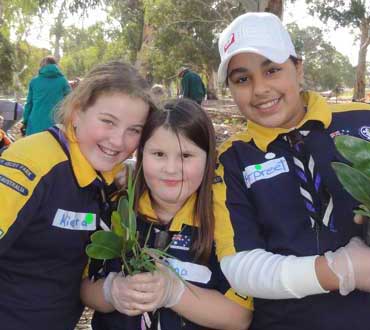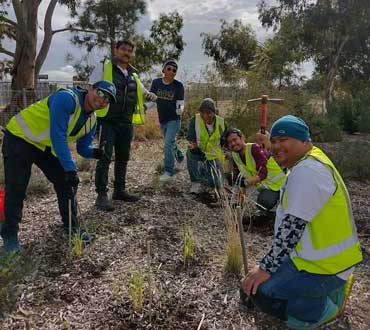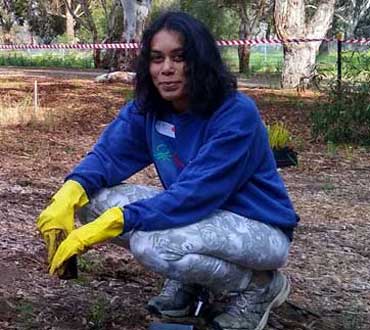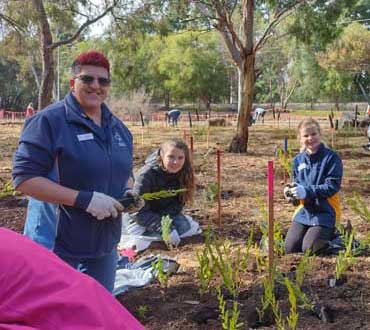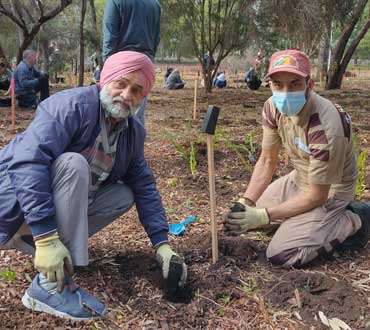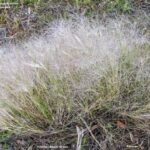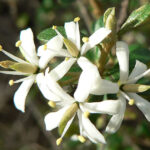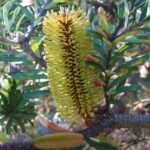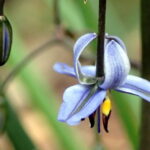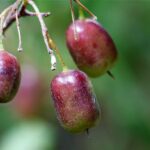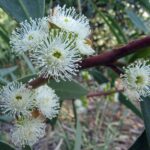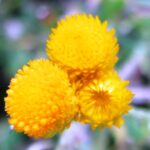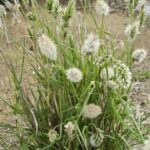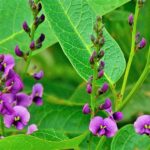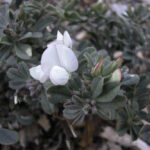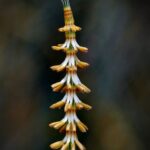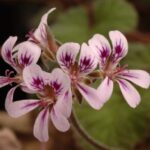how to get involved
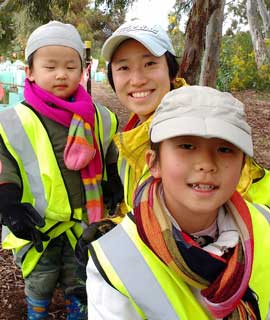
Our volunteers are active on biodiversity sites year-round. Join our mailing list or Facebook page for diary dates and events.
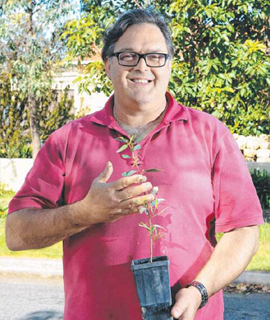
We are 100% volunteer: no office, no paid staff, no contractors. Donations in cash or in-kind directly support volunteers.
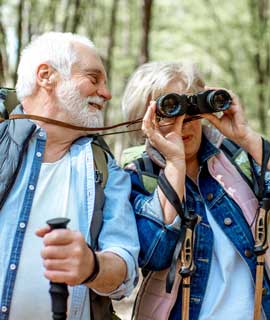
Become a citizen scientist by visiting a site with your phone or camera, or walk the Sturt River Linear Park to see them all!
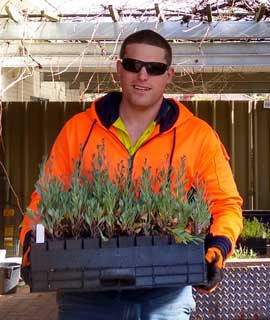
Live local, plant local. Make room for nature in your yard, verge or balcony. Contact us for lists of plants endemic to your area.
vOLUNTEER YOUR TIME
The goal is ambitious so we need many, many helping hands. Volunteers are active year-round along the Sturt River in Marion and Holdfast Bay local government areas.
Some volunteers care for their local reserve, while others care for multiple sites. Where you volunteer is up to you! Our group is a welcoming, supportive environment for you to explore nature and gain a sense of achievement by working with the community to create a natural green space. What better legacy? Volunteer individually, or bring a group.
Use the slider controls to view our honour roll, groups who volunteer every year.
We provide registered volunteers with:
Contact us to join our volunteer mailing list:
WEEKEND WORKING BEES
Working bees are a great way for groups and individuals to come together and get a lot done in a short time - and still have time for morning tea!
We offer working bees for most of the year, with the exception of December-February when we have an extended break over the summer.
Contact us for dates & details:
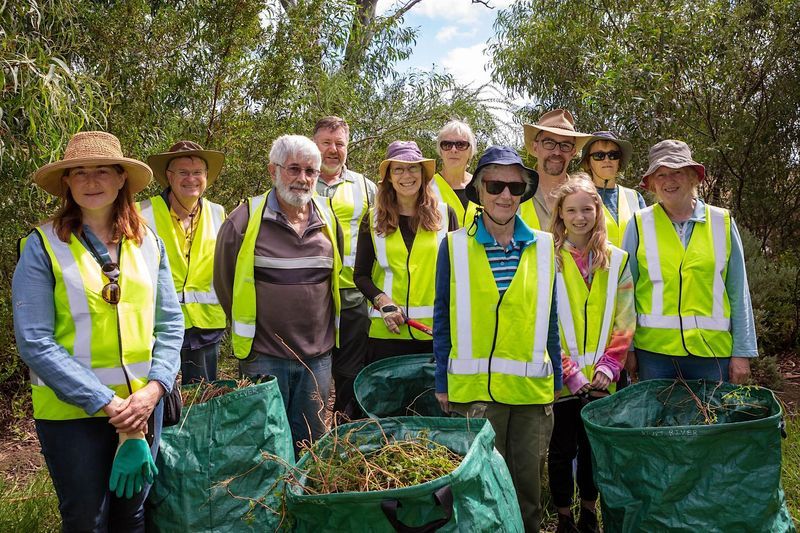
Volunteer working bee, November 2021.
SHARE YOUR KNOWLEDGE
We value community education and citizen science. If you have a scientific background, or you have spent years in the field observing local-native plants and animals - we'd love to hear from you. Come find your tribe and share what you've learned!
Volunteer to share your knowledge as a community educator or an advisor to our Committee of Management. For example, Andrew is our local resident volunteer on bird matters. He shares his knowledge and passion for native birds with volunteers, residents and site visitors by:
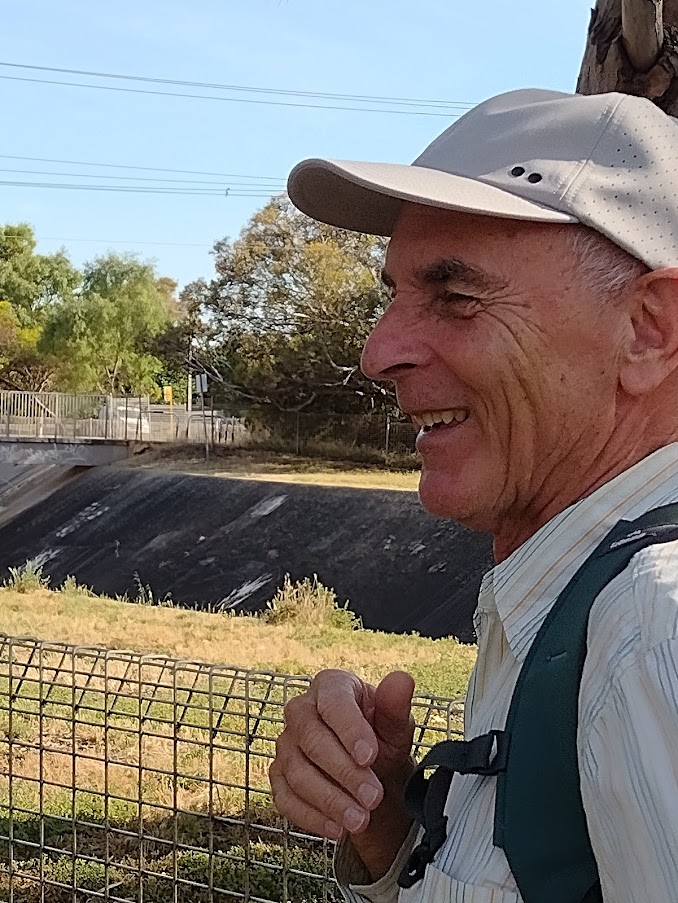
Andrew Crouch leading a 'Walk, talk and squawk' session at Fordham Reserve, 2022.
Individuals are too small, government is too big, communities can make a difference
COMMUNITY CONTRIBUTIONS 2022
make a donation to support volunteers
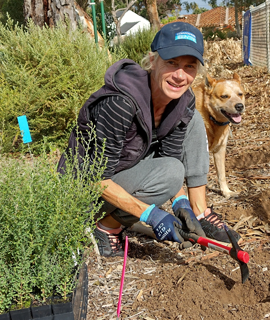
We will gratefully accept your donation to support volunteers to continue creating and caring for the green corridor.
Friends of Sturt River Landcare Group is 100% volunteer. We do not have paid staff, contractors or offices, and we have no plans to change that.
But we do have some running costs that we raise funds to meet. Some of our supporters are not able to contribute by physically volunteering, so they support us in other ways.
We very much appreciate donations of cash, goods or services in-kind to support our activities. Please email us if you would like to make a donation of cash or an EFT transfer.
In-kind contributions
We also appreciate donations of goods or services to support our volunteers. For example, this year we have been gifted the services of a professional accountant, a web designer and a mechanical engineer to help fit out our mobile tool trailer.
We also received donations of field guides of native plants and animals and books on seed collection and plant propagation to add to our volunteer's library.
We tend to use a lot of the following items:
Please let us know if you'd like to donate these items.
You can also support us by liking our Facebook page.
visit the sites, record what you see
We keep records of the plant species we add to the corridor - as well as those that naturally regenerate or self-seed. We also record sightings of local native animals that visit or live on the sites. Evidence can be a photograph of the animal, or its tracks, skin or scat (droppings) as well as scratch marks, burrows, nests, drays or eggs.
We provide free educational talks for groups of local kids to share this knowledge with the next generation of citizen scientists. A growing band of visitors (of all ages) come armed with binoculars, phones or recording devices to observe and record urban wildlife. Please join them in recording what you see. We'd love to hear what you find.
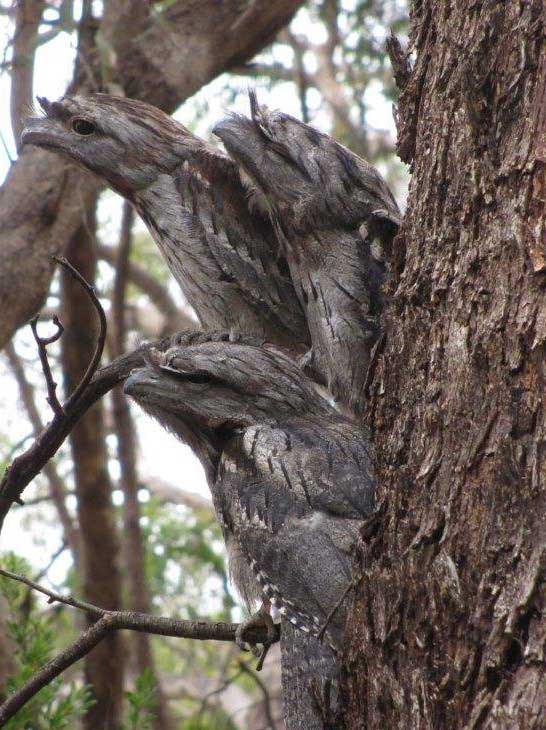
choose local-native plants at home
We plant only local-native plant seedlings into the biodiversity sites we create along the Sturt River. These are the species botanists and ecologists tell us would have made up the plant communities of this area before it was cleared.
The seedlings we plant have been grown from seed or cuttings collected from healthy plants growing near to, or in similar environmental conditions, to the planting sites they go back into.
We only purchase plants from specialist native nurseries rather than commercial garden suppliers or hardware stores. When our volunteers donate plants into reserves, they are grown from provenance seed we collect or supply from ethical collectors. We do this because:
Species lists
If you're thinking about adding to your garden why not plant local-natives at your place? You don't need loads of room and there are plenty of local-natives for small spaces. Our volunteers are happy to share what we've learned about which species could work for you, where to purchase them, or how to grow them yourself!
Contact us for a species list:
our gardens are critical
Adelaide is losing unprecedented amounts of tree canopy cover from public and private land, resulting in a hotter, less liveable city.
choose local-native plants at home
When it comes to shading our streets and cooling our suburbs every tree counts, but our local-native trees, shrubs and grasses cool us and are also havens for our wildlife. Your garden can be a low maintenance, climate-resilient 'safe house' for all sorts of native birds, animals, insects, reptiles and amphibians.
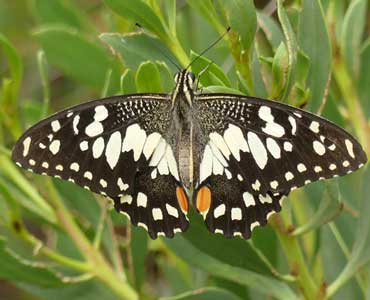
Try host and nectar plants on your verge, or small cottage garden to bring back native butterflies and other pollinators.
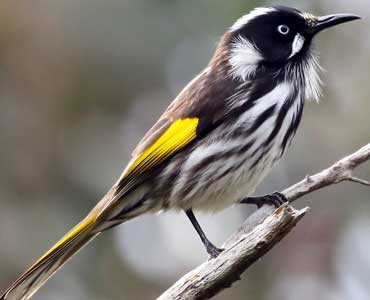
Plant seedlings with range of heights, add insect-attracting plants and don't overdo nectar-producers, to bring in small birds.
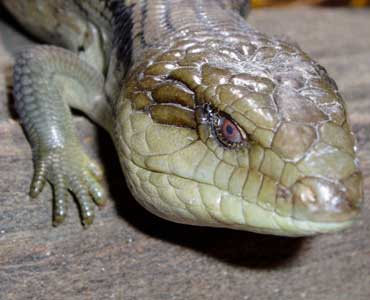
Leaf litter, bark, native grasses and rocks provide camouflage, shelter and a steady diet of insects to eat.
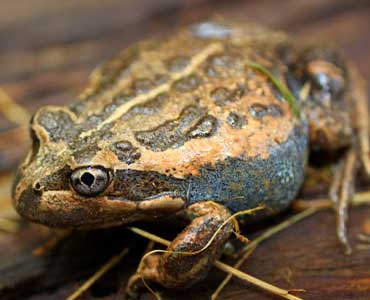
Create a frog-bog using pond plants surrounded by reeds, sedges and tussock grasses, mulch and ground covers.
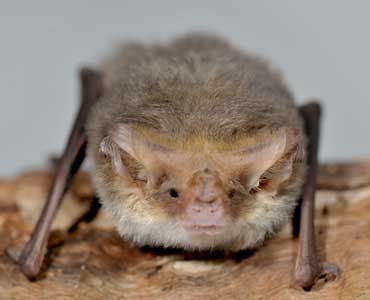
Leave your mosquito control to microbats who eat half their body weight in insects on warm summer nights.
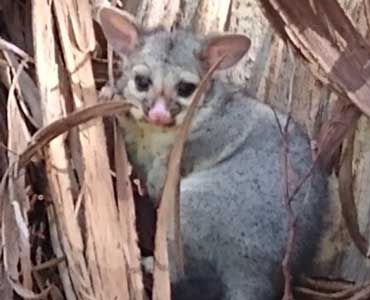
Plant local-native eucalypts and add a nesting box to welcome a possum into your backyard.
Thoughtful design and knowledge of which local-native plant species are endemic to your area is all you need to get started. Download fact sheets from the Backyards4Wildlife project for inspiring ideas on how to welcome nature back to your place. Want to learn more? Join us as a volunteer.
